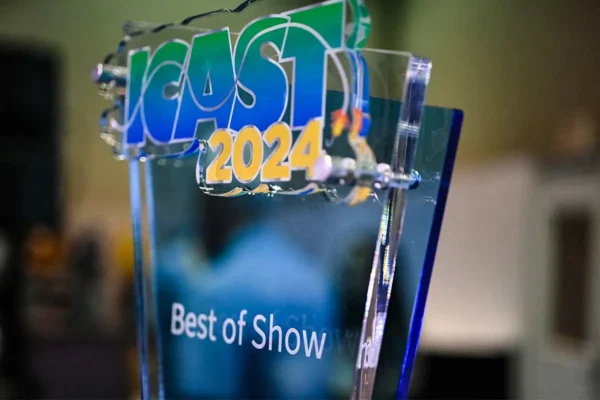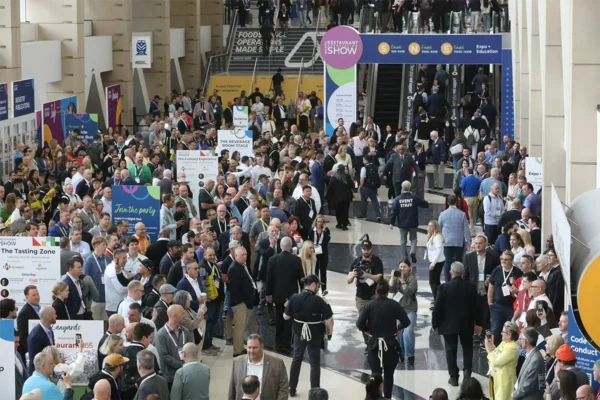by Jim Obermeyer
The last 18 months have brought an incredible amount of change to our industry —most of it unanticipated and much of it unwanted. But it is in times like these where many companies—and many executives—take the time, whether they want to or not, to evaluate a lot of what is going on in their businesses.
For corporate marketing and events executives, this has been a time to closely examine their marketing spend and the results those invested dollars have brought to the organization. And when it comes to events specifically, the complete shut-down of face-to-face activities has caused many to evaluate that spend and consider alternatives.
Beyond the obvious—the virtual tradeshow—are a plethora of options, including private events, road shows, pop-up activations, that companies may consider as an alternative to being an exhibitor at the traditional tradeshow.
Before the lockdowns, the exhibitor experience on the show floor was deteriorating. Every year, exhibiting costs increased, and issues around transparency, metrics and cost savings became more problematic. Exclusive show site services from the general contractor like material handling, electrical, and rigging became more complex and expensive, creating a lack of transparency for these services and the associated costs. Leads and data from attendees became proprietary information of show management, and the data was rarely shared so that exhibitors could calculate a meaningful ROI.
Most importantly, there was a significant lack of support from most show management organizations to find cost savings for exhibitors. Rather, those cost savings offered by the general contractors went to show management and were subsequently recovered through higher costs to exhibitors, without benefits added for participation. The industry had become stuck in a rut and very hesitant and reluctant to change—increasing expenses, new added cost but no new recognized value to any of that show’s stakeholders. Many shows found themselves in a “business as usual” scenario that added no value to anyone—organizer, attendee or exhibitor.
Part of the issue now is that there is no formal organization in our industry that represents the exhibitor. We have the International Association of Venue Managers representing facilities, the International Association of Exhibitions and Events and the Society of Independent Show Organizers supporting show organizers, the Exhibitor Appointed Contractor Association representing labor companies, and the Experiential Designer & Producers Association representing the exhibit side.
Since the departure of the Trade Show Exhibitors Association years ago there has been no place for exhibitors to work together and voice their concerns regarding industry issues that directly impact them. While some show organizers are beginning to change their model and small exhibitor advocacy groups are beginning to form [see ECN’s “Exhibitor Advocacy Group’s White Paper on the Future of the Industry” in our May/June 2021 issue], there is still a long way to go to balance representation in our industry.
This has been an issue for a very long time. In the late 1980s, early in my career in this industry, I was a corporate tradeshow manager for a large defense contractor. We were one of three exhibitors (along with two other very large companies) that had the three largest exhibit spaces in the front of a large annual manufacturing engineering show. Show management would not share any attendee data, and consistently raised their space rates and service costs with no obvious benefit to the exhibitor.
It took the three of us joining together and going to show management and telling them that unless they created an exhibitor advisory committee and opened their books, we would not participate in the show the following year. They were reluctant to do it, but I think they realized if they didn’t, their show was at risk. The committee was formed and they started working with exhibitors in a much better fashion, but it took a few years to get there.
The reality is that face-to-face events—tradeshows, conferences, live events—will return, in some form. Exhibitors want to go back live but are going to have a challenge with their budgets and the justification of the expense—showing positive ROI. Their biggest issues are transparency, predictability in cost (and savings vs. increases), access to attendee data, and safety protocols.
Our challenge right now as an industry that has been badly hurt is to make this recovery an opportunity to improve the way we operate these events, bring the exhibitor into the mix and give them the voice they deserve. If we cannot pull all of our industry groups together and figure this out, we will not survive in this new normal. For without the exhibitor, our industry family will be without a key member. And that is not going to benefit anyone.
See you on the show floor.
Jim Obermeyer has been in the exhibits and events industry 39 years, both as a corporate tradeshow manager and exhibit house owner. He can be reached at jobermeyer903@gmail.com
This story originally appeared in the July/August 2021 issue of Exhibit City News, p. 12. For original layout, visit https://issuu.com/exhibitcitynews/docs/ecn_july-august_2021






























